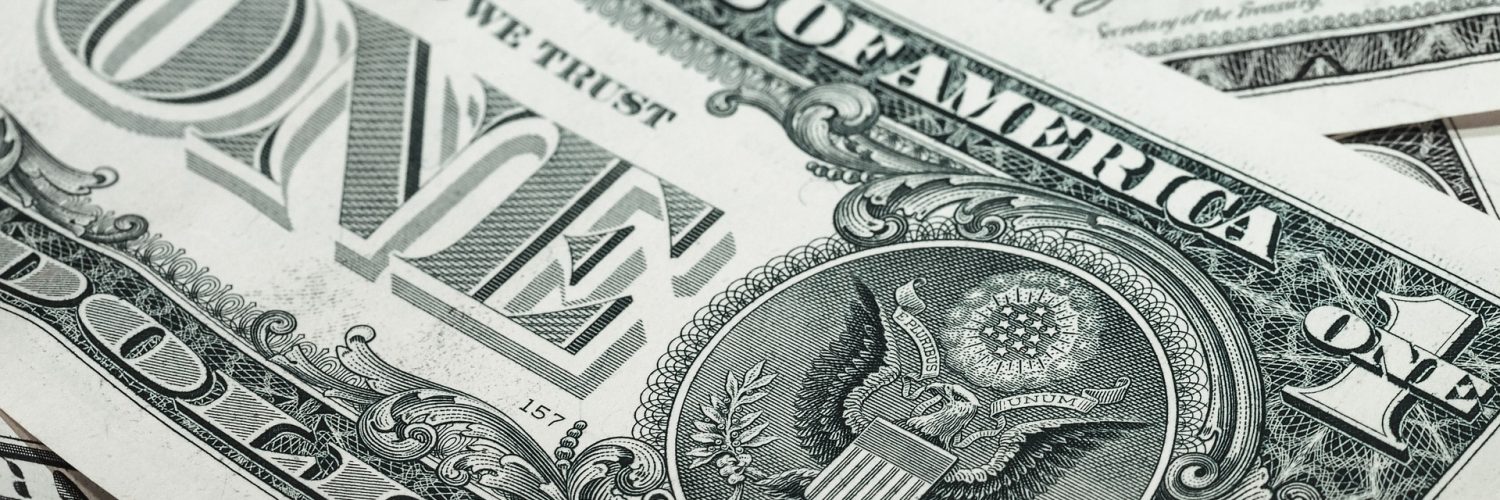Arizona will be better prepared than half of the United States if Governor Doug Ducey’s (R-AZ) proposed increase to the rainy day fund is approved.
In their Fiscal 50: State Trends and Analysis project, Pew Charitable Trusts reported the 50-state median level of financial reserves equals 6.4 percent of a state’s spending.
Currently, Arizona ranks in the lower half in terms of state savings with 4.7 percent – or $458 million – of the state’s budget saved. Pew research estimates Arizona could only run on these funds 17 days.
“Arizona still has not built its reserves back to where it was in 2007, right before the Great Recession,” Barb Rosewicz, Pew “Fiscal 50” project director, said. “The Great Recession hit, and it had a huge drop in tax revenue, and it used its rainy day funds to help it get through the Great Recession, and there were a couple of years where it was able to put some money aside.”
In January, Gov. Ducey announced he planned to significantly increase Arizona’s rainy day fund – also known as Arizona’s Budget Stabilization Fund – to ensure the state is prepared for the future.
“Over the last four years, Arizona has gone from a $1 billion deficit to a $1 billion surplus, but we aren’t going on a spending spree. We are going to live within our means and prepare for the future,” Ducey said. “I look forward to working with all legislators to pass this budget and put Arizona on even stronger financial footing now and into the future.”
In his fiscal year 2020 budget, Ducey put half of the state’s $1.1 billion baseline cash balance towards the rainy day fund, raising the current savings amount to over a billion dollars.
“At $1 billion, the Rainy Day Fund will reach its highest dollar amount and the highest percentage of General Fund revenue since its creation, helping better prepare the state for the next economic downturn,” the Office of the Governor said in a release.
The increased amount of savable income comes from an additional amount of tax revenue due to the Tax Cut and Jobs Act, which according to Pew, is enabling multiple states to increase their rainy day funds.
“The fiscally conservative approach is to add substantially to our rainy day fund,” Ducey said. “We are finally getting Arizona’s fiscal house in order after years of digging out of a very, very deep hole. We won’t make the mistakes of the past. There is time to get this right, and that’s what I’m committed to doing.”
Rosewicz said in order to prepare for another downturn states need to assess how much they would need to set aside by looking at their tax revenue volatility and performing a budget stress test.
“Budget stress testing is…[when] policymakers and fiscal analysts go through a practice of testing what they think will happen to their tax revenue under two or three different economic scenarios like a severe recession, moderate recession or a small recession. They can then get a sense of how much their tax revenue might fall and how much of that they would like to be able to [save],” she said.
According to Rosewicz, the report allows states to see their savings trends over time and compare their savings to other states.
“[States] will begin to pay attention to where they would like their savings target to be and then to actually do some data-driven work that will help them determine where they would like that saving target to be,” she said. “It would be great for them to be able to look at it, including looking at their tax revenue volatility, so that they can make plans to have stable budgeting over the future.”
To read the entire report, click here. To see the state comparison, click here.
















Add comment